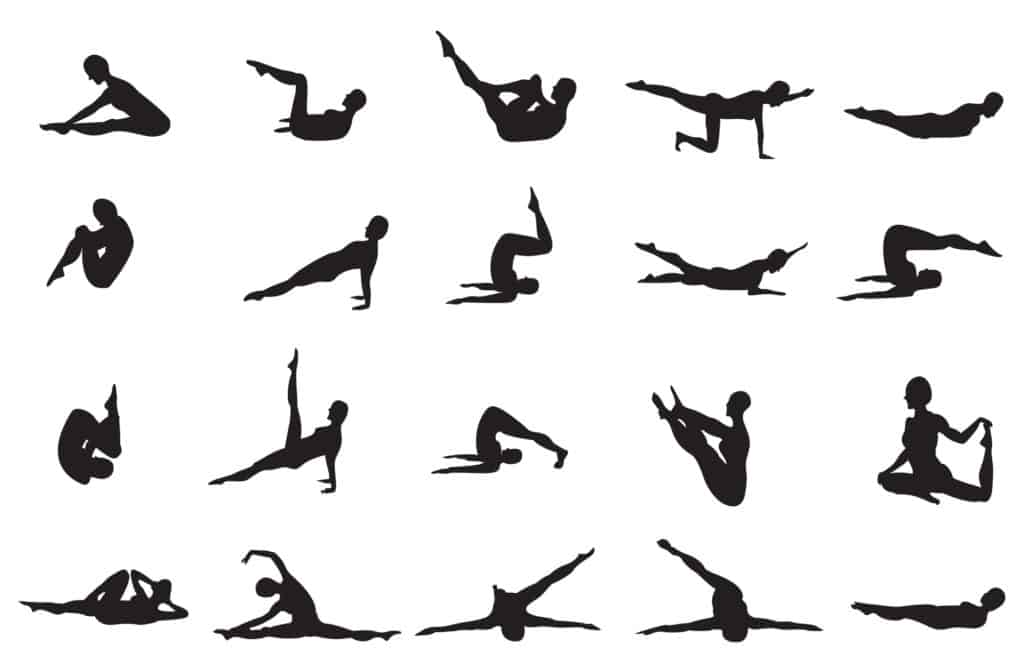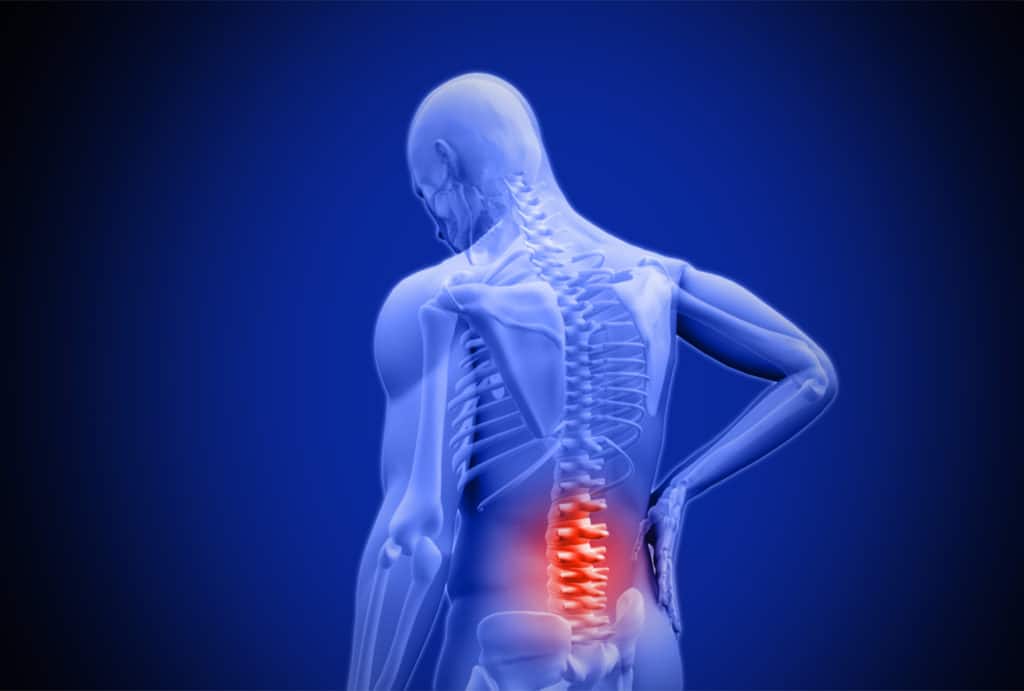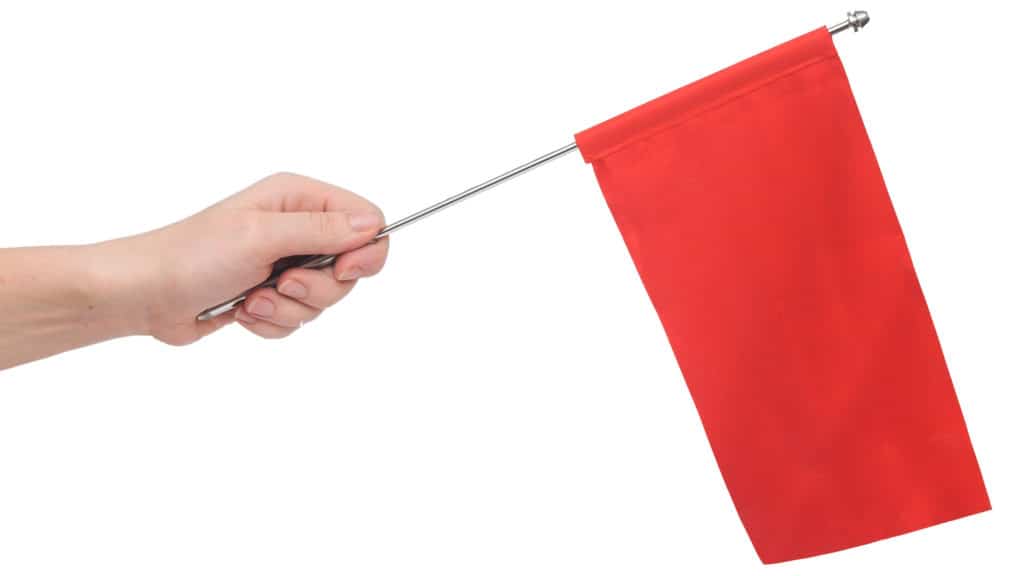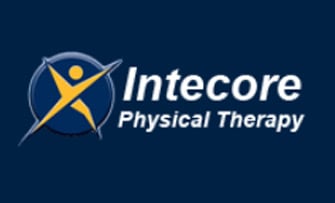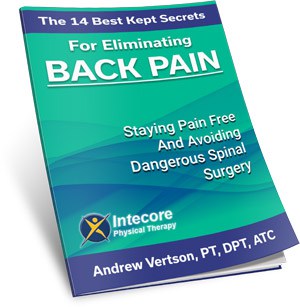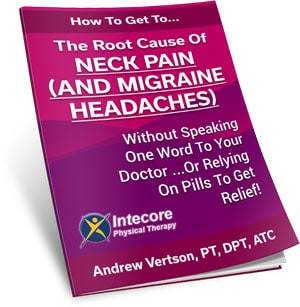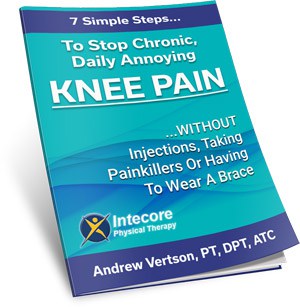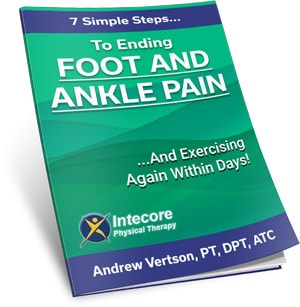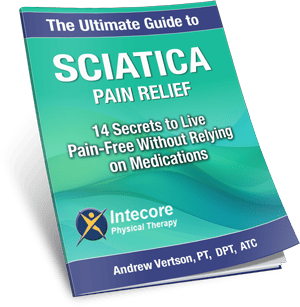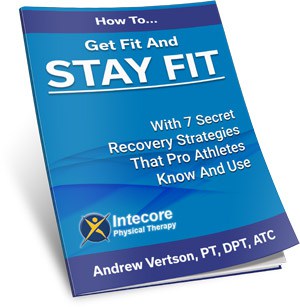 Are you suffering from lower back pain?
Are you suffering from lower back pain?
Experiencing the utter grind of trying to get through the day, while back pain lurks in the ever-present background?
You are not alone. You are not a freak of nature. Back pain is common and can be treated successfully.
According to research, nearly 80% of adults have suffered, or will eventually suffer, from back pain at some point in their lives. Not only is lower back pain a constant deterrent to your daily life, but it is the leading cause of job-related disability; and the most common cause of missed workdays – except the common cold.
Physical Therapists treat this diagnosis more frequently than any other. Lower back pain remains one of the most common conditions that we treat, and, as such, we have been asked every conceivable question there is about back pain.
For that reason, we’re here to answer your questions. We are here to inform you about the research, and maybe even bust some myths. And we are here to assure you that Physical Therapy (PT) is one of the most economical, safe, and effective ways to treat most cases of lower back pain.
Masking the pain with prescription drugs won’t solve the problem. Being told by your MD to ‘rest’ will not get you back on your feet. Surgery is an expensive option that doesn’t always address the back pain at its source. However, there is a less dangerous option – Physical Therapy. More on that later.
For now, let’s delve in and answer your FAQs about lower back pain. Starting with the most common…
Should I See My Doctor For Lower Back Pain?
Suppose your back pain started immediately after a fall or an accident. In that case, we’d recommend visiting your doctor before starting physical therapy. Additionally, your insurance may require a referral for PT. If so, call or see your doctor to request a referral so we can bill your insurance and prevent the situation from getting overly complicated.
Other than those instances, it’s more effective to see a physical therapist first. Usually, our findings are routine and point to a typical pattern of pain. In that case, we prescribe a home exercise program to do in conjunction with your physical therapy treatments.
If we find a reason for you to see your doctor, we will tell you why. Finally, we always send your doctor a summary of the initial evaluation, progress report and discharge status.
I’ve Been Referred To Physical Therapy. Isn’t There Anything Else My Doctor Can Do?
Fist bump!! This is excellent news. You’ve chosen a good doctor who’s read the research and knows the best place for you to start.
Yes, doctors can prescribe medicines and order imaging, but increasingly, the research supports not doing this from the get-go. It’s better to gain some PT first. In most cases, the back pain can be managed and subdued with a tailored physical therapy approach.
Do I Need Prescription Medications For Lower Back Pain?
It’s important to note that there are no medications that fix lower back pain. Prescription drugs only minimize the symptoms. Unfortunately, all prescription drugs come with side effects.
What may keep your lower back pain at bay could also lead to headaches, digestion troubles, and issues trying to get some sleep. There is also a possibility that you will become dependent on medication, causing serious problems later down the line.
The most common medications prescribed for lower back pain are Nonsteroidal Anti-Inflammatory Drugs (NSAIDS) and muscle relaxants. NSAIDS can take the edge off but come with the side effects of delayed tissue healing and an upset stomach.
Muscle relaxants help during a gripping muscle spasm, but they make you drowsy. Therefore, most people can only take them at night. Taking muscle relaxants during the day is not recommended, as it can affect your ability to drive, think, and work.
Opioid painkillers are highly addictive. For that reason, all conservative options should be exhausted before using opioid painkillers for lower back pain. Options such as physical therapy are well worth considering before taking the heavy medications that can detrimentally change your life.
Should I Have Imaging For Lower Back Pain?
The short answer is NO. Unless you have red flags, imaging won’t provide information that will change the course of your treatment. Plus, it increases the overall cost of treatment, exposes you to unnecessary radiation, and you might find things that you’ll feel bummed about the rest of your life.
That last bit happens all the time!
For example, many people have degenerative changes in their spine but have no symptoms. As a result, finding something like this makes you worry and feel old or broken. What’s worse, it distracts you from the proactive steps you can take to get rid of the pain.
Your mind can become so transfixed on this new information that you adapt your life towards it, even when it’s not yet affecting your day-to-day life. People often fall into a depression, and we want to avoid that entirely.
Imaging for lower back pain can be worse than useless, because it can send you down a path of trying to fix something that may have nothing to do with the pain you’re experiencing. You can spend all your time focused on one thing, and completely miss the originating source of back pain.
Unfortunately, patients are often the ones demanding imaging. In the absence of red flags, healthcare providers ordering imaging for lower back pain are one of two things. Either they aren’t current on the research, or are caving to their patient’s demands. Regardless of reasoning, imaging is not initially recommended.
How Can We Fix Lower Back Pain If We Don’t Know Exactly What’s Wrong?
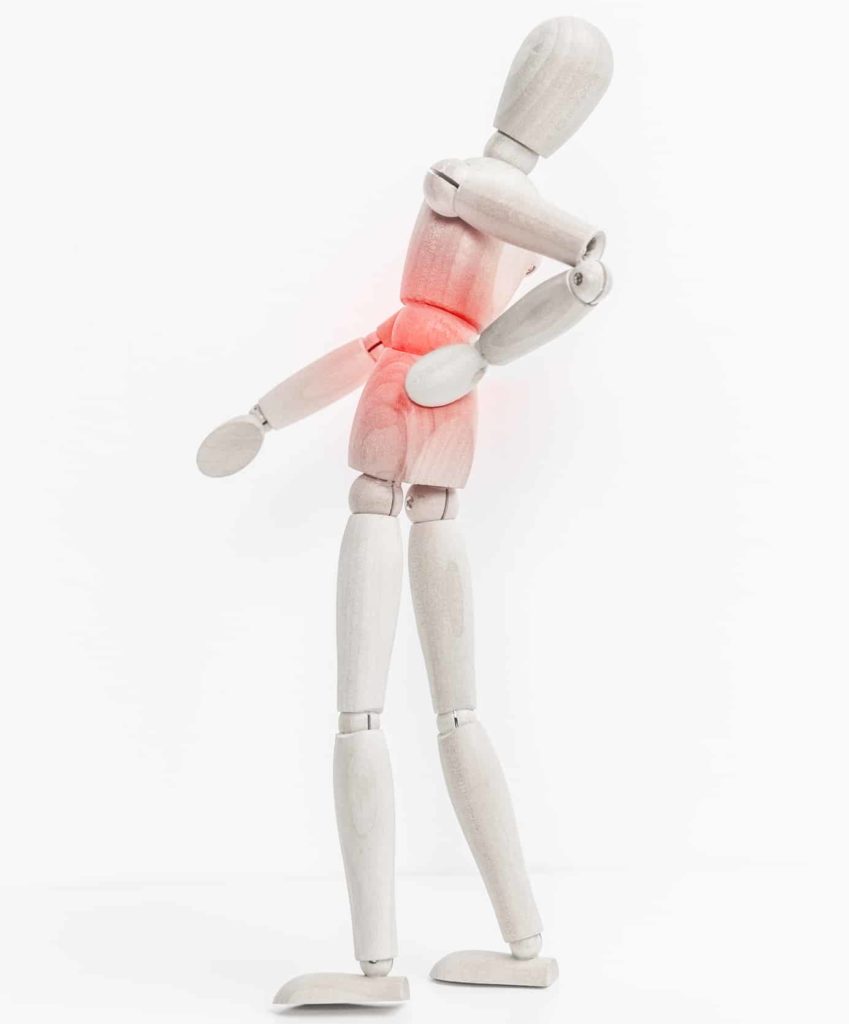
Back pain is a symptom that can get better even if we don’t know the exact cause. As a human, every—single—thing about you is unique. Your DNA, life experiences, daily activities, diet, exercise, posture, mental outlook, and overall health, all feed into how you experience pain.
A picture of your spine isn’t sophisticated enough to reveal all of your unique characteristics. Instead, we take the time to get to know you and craft a bespoke package of care to address the areas we know can harbor and spark your lower back pain. This approach has worked for millions of people, and will work for you, too!
Which Exercises Or Activities Should I Avoid With Lower Back Pain?
The only uniformly recommended treatment for lower back pain in the literature is exercise. However, it’s good to modify activities that increase pain.
Ideally, the exercises your physical therapist prescribes should be pain-free, and not increase your baseline pain level.
Sometimes, it isn’t the activity that’s the problem, but how you’re performing it. Physical therapists are experts at teaching correct posture, body mechanics and lifting mechanics. We will guide you through and take it exercise-by-exercise, in a form that aids your recovery in a non-injurious way.
What Exercises Or Activities Should I Do For Lower Back Pain?
Movement is the best medicine for lower back pain. However, we can’t say uniformly that all patients should participate in specific exercises. We commonly recommend yoga or Pilates to our patients, although the research isn’t conclusive.
This is likely due to our uniqueness (once again). For example, people who have very loose joints could do more harm than good by practicing certain types of yoga. Overdo it, and you could land in a situation where lower back pain has intensified beyond your original prognosis.
Physical therapists are uniquely trained to examine anatomic and physiologic variations. Therefore, we’re distinctively qualified to recommend exercises and activities that work best for your body, lifestyle and preferences.
How Long Will The Lower Back Pain Last?
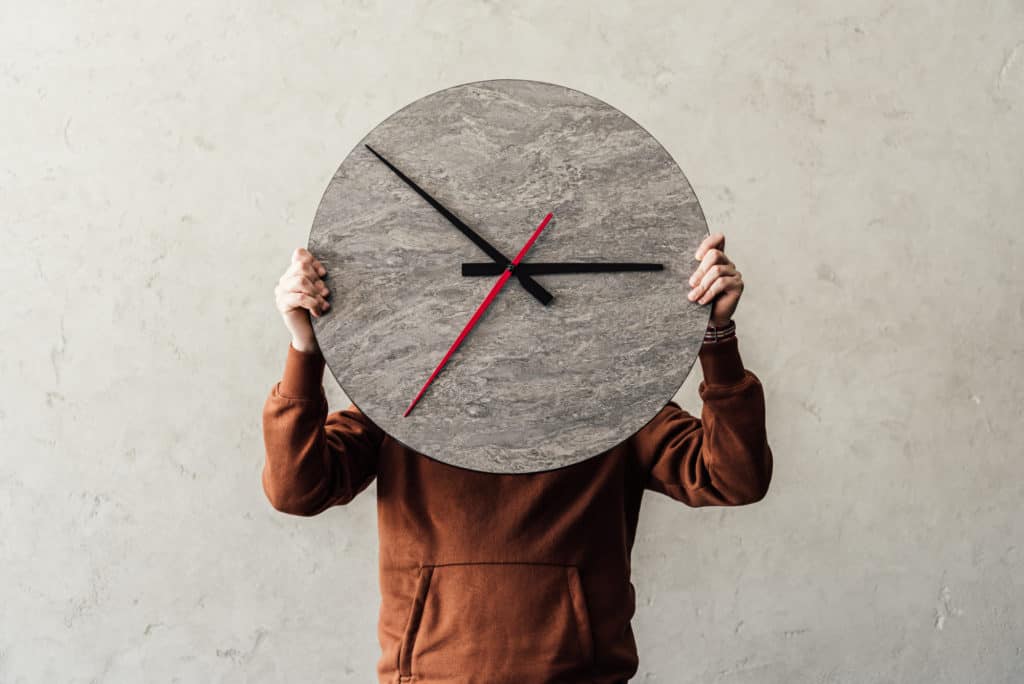
Unlucky individuals who descend into dependency on painkillers can have lower back pain for months or even years. Physical therapy can help prevent that from happening, and get you off a life conditional on prescription drugs.
Will Lower Back Pain Come Back?
Estimates of having a recurrence in the first year after an episode up to 80%. Don’t get discouraged just yet because here’s what we see. Patients who actively participate in therapy (do their home exercise program; change daily habits; reach all their activity goals) are much less likely to experience a recurrence.
Those who see healthcare as a passive experience (i.e. you fix me) tend to experience higher recurrence rates. Similarly, patients often stop therapy after getting pain relief from a few sessions of PT. Unfortunately, the problem hasn’t magically gone away. Odds are the pain will return within the year.
What Are These Red Flags For Lower Back Pain?
Red flags are symptoms that require a visit to your doctor who can order the appropriate tests. Red Flags include:
- Recent fall
- Fever
- Saddle anesthesia (numbness or tingling in the perineum)
- Sudden bowel or bladder changes
- Progressive weakness over a short period of time (e.g. I could move my big toe yesterday, but today I can’t)
As you can see from our answers, physical therapy should be your first line of defense for treating low back pain. We offer a free telephone consultation and a 20-minute Discovery Visit to ensure that our physical therapy plan is right for you.
Do you have further questions that we haven’t addressed? Get in touch with us anytime through our contact page. You can also call us for help, or click here to schedule your first appointment.
We look forward to getting you back on your feet and towards the lifestyle that you deserve.
——————————————————————————————————–
This article is an expansion and update of our previous Back Pain FAQ from August 28, 2018. You can view the original blog here.
- 7 Ways to Get Rid of Tension Headaches Naturally - July 1, 2025
- Why Are My Feet Swollen? Common Causes Explained - June 2, 2025
- What Is Restless Leg Syndrome? Symptoms, Causes, and Relief Options - May 5, 2025







